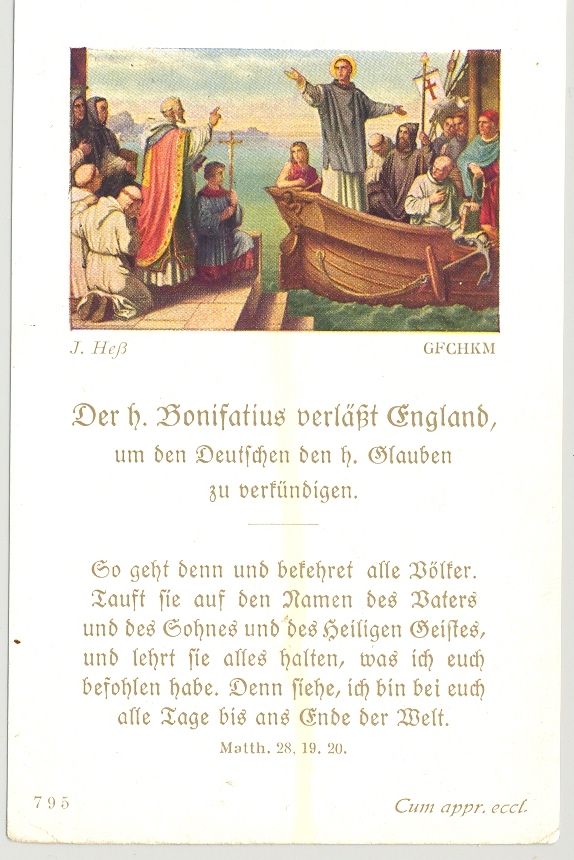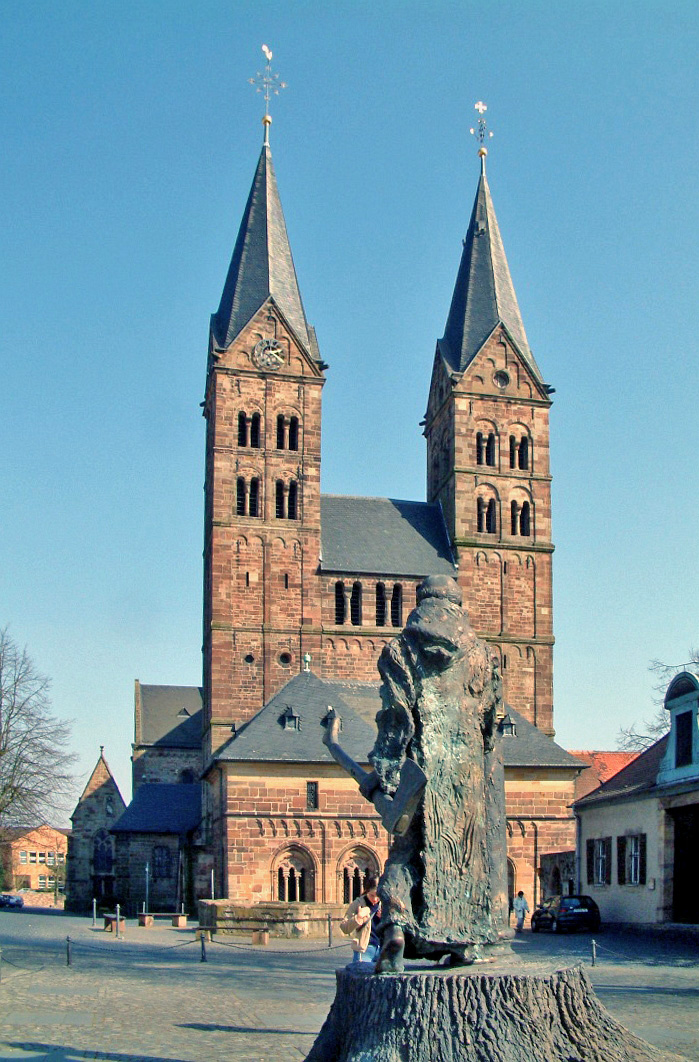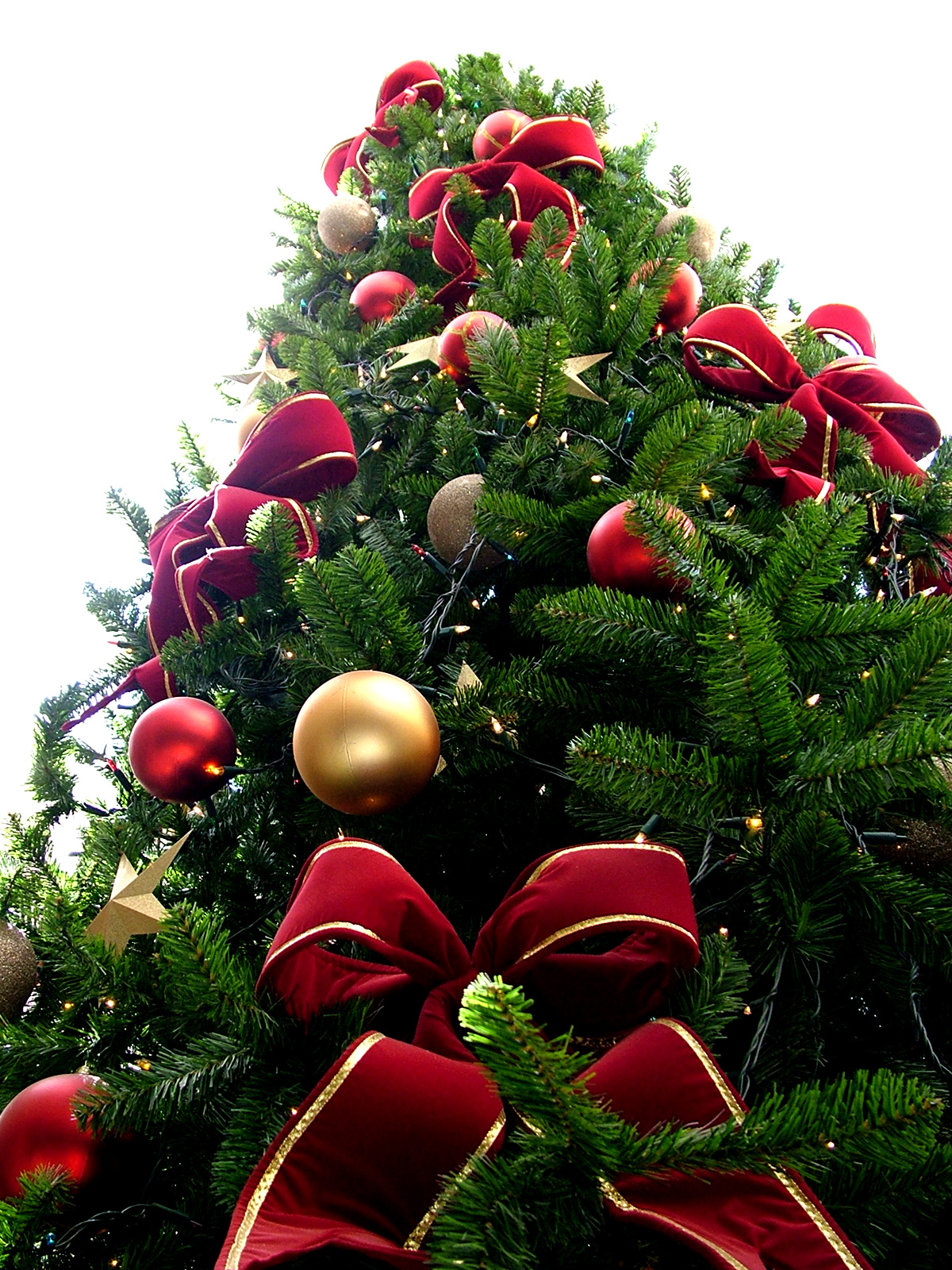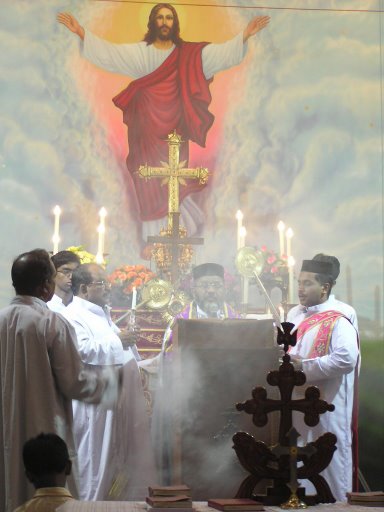|
Mader Stein
Mader Stein, or ''Maderstein'', is a ( NHN) high hill in North Hesse, Schwalm-Eder-Kreis, north-east of the village of Maden, which belongs to the town of Gudensberg. Geology The hill is the remains of an extinct volcano that belongs to the West Hesse Depression. The volcano was active in the Miocene, i.e. during the period about (Ma). The only part of the volcano that is left is the neck; the rest has been eroded. The alkali basalt has a silica (SiO2) volume percentage of 45–55%. The main minerals in the rock are plagioclase, augite and olivine. The hill cannot be called a kuppe because the top is covered with rock formations. Instead Mader Stein can considered a rocky hillock. The columns of basalt of the hill are sub-horizontal, as at Scharfenstein. Biotope The hill, is part of a 311 ha Habitats Directive (German: Flora, Fauna, Habitat; FFH) conservation area that covers the Gudensberg region and the Falkenstein forest (FFH-Nr. 4721–304). Basalt is relativel ... [...More Info...] [...Related Items...] OR: [Wikipedia] [Google] [Baidu] |
Normalhöhennull
' ("standard elevation zero") or NHN is a vertical datum used in Germany. In geographical terms, NHN is the reference plane for the normal height of a topographical eminence height above mean sea level used in the 1932 German Mean Height Reference System ('). The plane is in the shape of a quasi-geoid. The reference height is a geodetic, fixed point on the New Church of St. Alexander at Wallenhorst in the German state of Lower Saxony. The geopotential height of this point was calculated in 1986 as part of the United European Levelling Network (UELN), based on the Amsterdam Ordnance Datum. Definition The NHN plane is a theoretical reference plane. It is derived by deducting normal heights from the normal plumb line. The difference between the resulting quasi-geoid and the reference ellipsoid is called the height anomaly or quasi-geoid height. Change-over from NN to NHN Since 1 January 2000 the whole of Germany has changed its height system over to normal heights based on ... [...More Info...] [...Related Items...] OR: [Wikipedia] [Google] [Baidu] |
Scharfenstein (Hesse)
Scharfenstein is a hill composed of basalt in the Schwalm-Eder-Kreis district of North Hesse, Germany. It is the remains of one of a number of extinct volcanoes in the West Hesse Depression. Geographical Location Scharfenstein lies ca. north-east of the town centre of Gudensberg, and ca. west-south-west of the village of Dissen. Directly next to it runs the Bundesautobahn 49, and the hill can be reached from a car park off the autobahn. Alternatively the outcrop can be reached on foot from Dissen by crossing a bridge over the autobahn. Geology The hill is the remains of an extinct volcano that belongs to the West Hesse Depression. The volcano was active in the Miocene, i.e. it began 20 million years ago and ended 7 million years ago. The only part of the volcano that is left is the neck or volcanic plug; the rest has been eroded. The alkali basalt has a silica (SiO2) volume percentage of 45-55%. The main minerals in the rock are plagioclase, augite and olivine. Peculi ... [...More Info...] [...Related Items...] OR: [Wikipedia] [Google] [Baidu] |
Saint Boniface
Boniface, OSB ( la, Bonifatius; 675 – 5 June 754) was an English Benedictines, Benedictine monk and leading figure in the Anglo-Saxon mission to the Germanic parts of the Frankish Empire during the eighth century. He organised significant foundations of the Catholic Church in Germany, church in Germany and was made archbishop of Mainz by Pope Gregory III. He was martyred in Frisia in 754, along with 52 others, and his remains were returned to Fulda, where they rest in a sarcophagus which has become a site of pilgrimage. Boniface's life and death as well as his work became widely known, there being a wealth of material available — a number of , especially the near-contemporary , legal documents, possibly some sermons, and above all his correspondence. He is venerated as a saint in the Christian church and became the patron saint of Germania, known as the "Apostle to the Germans". Norman F. Cantor notes the three roles Boniface played that made him "one of the truly outsta ... [...More Info...] [...Related Items...] OR: [Wikipedia] [Google] [Baidu] |
Fritzlar
Fritzlar () is a small town (pop. 15,000) in the Schwalm-Eder district in northern Hesse, Germany, north of Frankfurt, with a storied history. The town has a medieval center ringed by a wall with numerous watch towers. Thirty-eight meters (125 ft) high, the "Grey Tower" ("Grauer Turm") is the highest remaining urban defense tower in Germany. The city hall, first documented in 1109, with a stone relief of St. Martin, the town's patron saint, is the oldest in Germany still in use for its original purpose. The Gothic church of the old Franciscan monastery is today the Protestant parish church, and the monastery's other buildings have been converted into a modern hospital. Many houses in the town center, notably around the market square, date from the 15th to 17th centuries and have been carefully maintained or restored. The town is dominated by the imposing Romanesque-Gothic Church of St. Peter from the 12th-14th centuries. In 1974, the town hosted the 14th ''Hessentag'' sta ... [...More Info...] [...Related Items...] OR: [Wikipedia] [Google] [Baidu] |
Lotterberg
Lotterberg is a (Normalhöhennull, NHN) high hill between the villages of Wolfershausen and Deute in Schwalm-Eder-Kreis, Hesse, Germany. Geology The hill is composed of basalt that fills the volcanic neck, neck of a now-extinct volcano. The volcanic activity was during the Miocene (Neogene), that is it started and ended . This volcano was one of many in the West Hesse Depression. The alkali basalt has a silica (SiO2) volume percentage of 45–55%. The main minerals in the rock are plagioclase, augite and olivine. On the west side of the Lotterberg is a deposit of loess, which formed after the last Quaternary glaciation. Flora Lotterberg is covered by a mixed forest and is used for forestry. The rare Lilium martagon, Turk's cap lily grows on the summit. The plant is protected under German Conservation biology, conservation law. History There is evidence that the area around Lotterberg was populated at least from the Late Paleolithic onwards, as has been shown for the ... [...More Info...] [...Related Items...] OR: [Wikipedia] [Google] [Baidu] |
Wind Turbine
A wind turbine is a device that converts the kinetic energy of wind into electrical energy. Hundreds of thousands of large turbines, in installations known as wind farms, now generate over 650 gigawatts of power, with 60 GW added each year. Wind turbines are an increasingly important source of intermittent renewable energy, and are used in many countries to lower energy costs and reduce reliance on fossil fuels. One study claimed that, wind had the "lowest relative greenhouse gas emissions, the least water consumption demands and the most favorable social impacts" compared to photovoltaic, hydro, geothermal, coal and gas energy sources. Smaller wind turbines are used for applications such as battery charging for auxiliary power for boats or caravans, and to power traffic warning signs. Larger turbines can contribute to a domestic power supply while selling unused power back to the utility supplier via the electrical grid. Wind turbines are manufactured in a wide range of ... [...More Info...] [...Related Items...] OR: [Wikipedia] [Google] [Baidu] |
Christmas Tree
A Christmas tree is a decorated tree, usually an evergreen conifer, such as a spruce, pine or fir, or an artificial tree of similar appearance, associated with the celebration of Christmas. The custom was further developed in early modern Germany where German Protestant Christians brought decorated trees into their homes. It acquired popularity beyond the Lutheran areas of Germany and the Baltic governorates during the second half of the 19th century, at first among the upper classes. The tree was traditionally decorated with "roses made of colored paper, apples, wafers, tinsel, ndsweetmeats". Moravian Christians began to illuminate Christmas trees with candles, which were often replaced by Christmas lights after the advent of electrification. Today, there is a wide variety of traditional and modern ornaments, such as garlands, baubles, tinsel, and candy canes. An angel or star might be placed at the top of the tree to represent the Angel Gabriel or the Star of Bethle ... [...More Info...] [...Related Items...] OR: [Wikipedia] [Google] [Baidu] |
Advent
Advent is a Christian season of preparation for the Nativity of Christ at Christmas. It is the beginning of the liturgical year in Western Christianity. The name was adopted from Latin "coming; arrival", translating Greek ''parousia''. In the New Testament, this is the term used for the Second Coming of Christ. Thus, the season of Advent in the Christian calendar anticipates the "coming of Christ" from three different perspectives: the physical nativity in Bethlehem, the reception of Christ in the heart of the believer, and the eschatological Second Coming. Practices associated with Advent include Advent calendars, lighting an Advent wreath, praying an Advent daily devotional, erecting a Christmas tree or a Chrismon tree, lighting a Christingle, as well as other ways of preparing for Christmas, such as setting up Christmas decorations, a custom that is sometimes done liturgically through a hanging of the greens ceremony. The equivalent of Advent in Eastern Christianity is ... [...More Info...] [...Related Items...] OR: [Wikipedia] [Google] [Baidu] |
Feast Of The Ascension
The Solemnity of the Ascension of Jesus Christ, also called Ascension Day, Ascension Thursday, or sometimes Holy Thursday, commemorates the Christian belief of the bodily Ascension of Jesus into heaven. It is one of the ecumenical (i.e., shared by multiple denominations) feasts of Christian churches, ranking with the feasts of the Passion and Pentecost. Following the account of that the risen Jesus appeared for 40 days prior to his Ascension, Ascension Day is traditionally celebrated on a Thursday, the fortieth day of Easter; although some Christian denominations have moved the observance to the following Sunday. The day of observance varies by ecclesiastical province in many Christian denominations, as with Methodists and Catholics, for example. History The observance of this feast is of great antiquity. Eusebius seems to hint at the celebration of it in the 4th century. At the beginning of the 5th century, Augustine of Hippo says that it is of Apostolic origin, and he speaks of ... [...More Info...] [...Related Items...] OR: [Wikipedia] [Google] [Baidu] |
Steel Engraving Of Mader Stein
Steel is an alloy made up of iron with added carbon to improve its strength and fracture resistance compared to other forms of iron. Many other elements may be present or added. Stainless steels that are corrosion- and oxidation-resistant typically need an additional 11% chromium. Because of its high tensile strength and low cost, steel is used in buildings, infrastructure, tools, ships, trains, cars, machines, electrical appliances, weapons, and rockets. Iron is the base metal of steel. Depending on the temperature, it can take two crystalline forms (allotropic forms): body-centred cubic and face-centred cubic. The interaction of the allotropes of iron with the alloying elements, primarily carbon, gives steel and cast iron their range of unique properties. In pure iron, the crystal structure has relatively little resistance to the iron atoms slipping past one another, and so pure iron is quite ductile, or soft and easily formed. In steel, small amounts of carbon, other e ... [...More Info...] [...Related Items...] OR: [Wikipedia] [Google] [Baidu] |
Prunus Spinosa
''Prunus spinosa'', called blackthorn or sloe, is a species of flowering plant in the rose family Rosaceae. The species is native to Europe, western Asia, and regionally in northwest Africa. It is locally naturalized in New Zealand, Tasmania, and the Pacific Northwest and New England regions of the United States. The fruits are used to make sloe gin in Britain and patxaran in Spain. The wood is used to make walking sticks, including the Irish shillelagh. Description ''Prunus spinosa'' is a large deciduous shrub or small tree growing to tall, with blackish bark and dense, stiff, spiny branches. The leaves are oval, long and broad, with a serrated margin. The flowers are about in diameter, with five creamy-white petals; they are produced shortly before the leaves in early spring, and are hermaphroditic, and insect-pollinated. The fruit, called a "sloe", is a drupe in diameter, black with a purple-blue waxy bloom, ripening in autumn and traditionally harvested – at lea ... [...More Info...] [...Related Items...] OR: [Wikipedia] [Google] [Baidu] |
Rutaceae
The Rutaceae is a family, commonly known as the rueRUTACEAE in BoDD – Botanical Dermatology Database or family, of s, usually placed in the order . Species of the family generally have s that divide into four or five parts, usually w ... [...More Info...] [...Related Items...] OR: [Wikipedia] [Google] [Baidu] |





.jpg)



